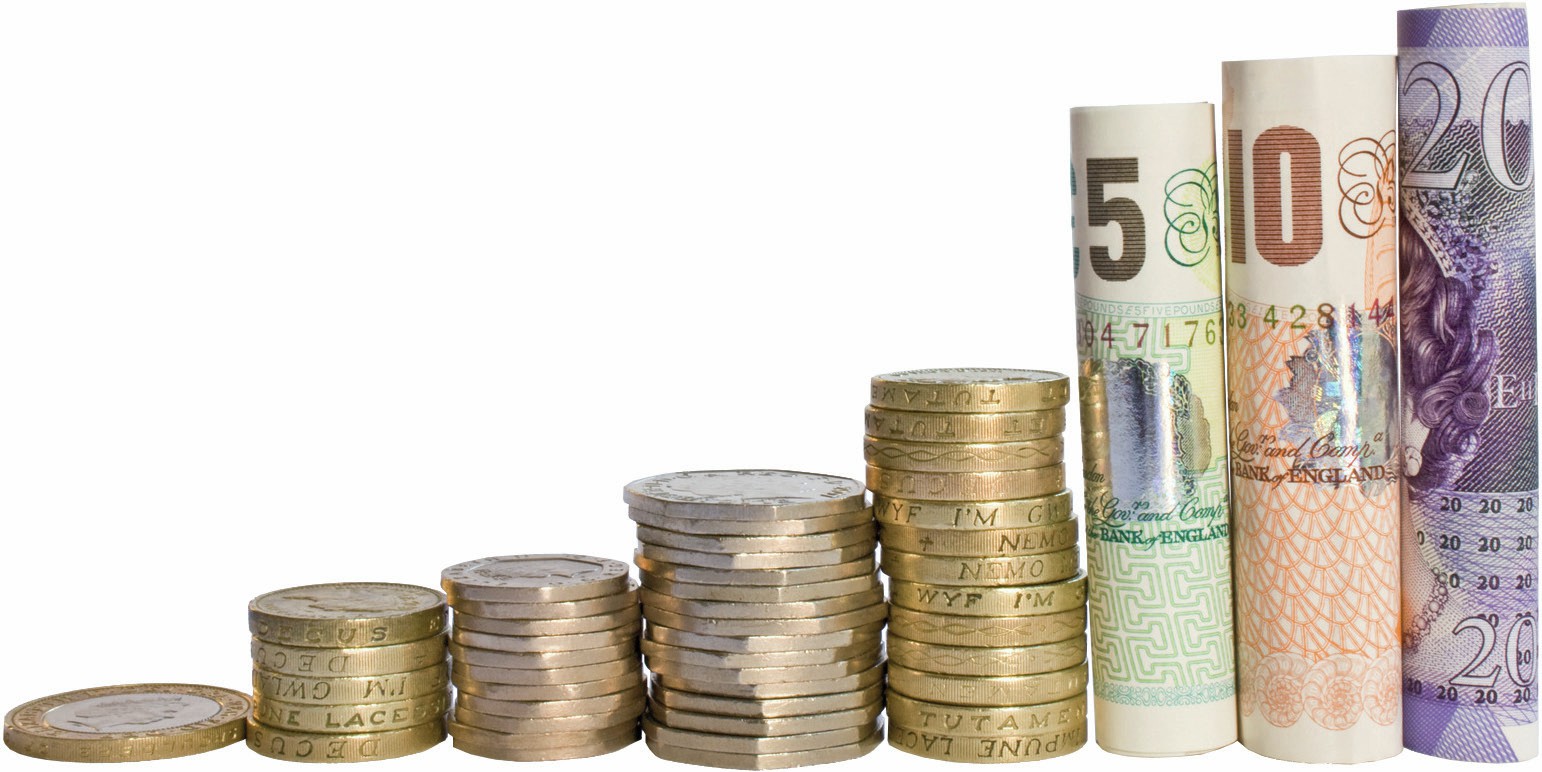
Which is the biggest economy in the world? If we want to answer this question, we need to be clear about what we mean by ‘biggest’. If the question was ‘which is the biggest country in the world?’, then the answer would probably be based on land area. However, to measure the biggest economy in the world is not the same thing. One way to identify the biggest economy would be to determine which country produces the most output.
The most common way of trying to measure the total output produced in an economy during a period of time (usually a year) is by something known as gross domestic product (GDP). This provides a measurement of the economic activity carried out in an economy during a period of time by residents of the economy on domestic territory. This is not the only possible measurement — gross national income (GNI) is another common alternative. This is measured as the total income earned by a country’s residents wherever in the world that income originates. GNI per capita (i.e. per person) is the standard measure used by the World Bank in comparing average income levels across countries.
Your organisation does not have access to this article.
Sign up today to give your students the edge they need to achieve their best grades with subject expertise
Subscribe




